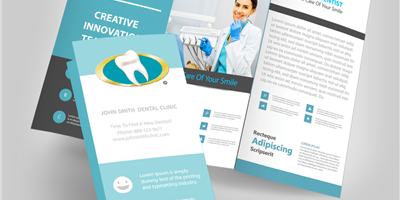How to make the folding envelope printing level clear?
Folding envelope printing has clear levels and appropriate depths. Folding envelope printing can meet the visual and psychological requirements that people appreciate. Folding envelope printing does not lose realism, and the key points are eye-catching and prominent. Relief pressure
After the printed matter is embossed and deformed, the raised part matches the edge of the printed matter, and the shape and lines of the middle part can be slightly freer, and do not have to be completely overlapped. When embossing is processed, the overall effect must be considered. The contours of the edges must be accurate and clear, and the complicated and simplified processing of the middle part must be appropriate. Harmony and unity as a whole.
Embossing
After the printed matter is embossed and deformed, not only the edges of the raised part and the graphic of the printed matter match, but every detail in the middle part also matches.
When embossing embossing, because the edges and middle parts are required to be accurate and consistent with the graphics and text of the printed matter after being raised, so during printing, the degree of overprinting of the printed matter, the rules and specifications of the entire batch of products, and the environmental adaptability of the printing paper As well as the plate-making error of the Yin and Yang version, the design accuracy of the machine, etc. should be considered at the same time. If it is slightly lacking, it is difficult to achieve the ideal processing effect.

Pressing concave-convex and print graphic combined form
When embossing, the combination of the raised part and the graphics and text of the printed matter usually takes the following types:
(1) Completely overlapped, the level and shape of the concave-convex are directly combined with the printed graphics and text; directly combined with the level and form of the concave-convex part, the three-dimensional sense and realism of the printed graphics are increased, and the effect is intuitive.
(2) Although the two are on the same printed surface, there is no indirect combination of overlapping parts; the indirect combined concave-convex part complements the printed graphics and texts, and they reflect each other and give people a sense of novelty.
(3) The convex part has a mixed combination form where one part overlaps with the printed graphics and the other part exists separately; the mixed concave and convex part is dependent on the main and auxiliary printed graphics and text, and is cleverly set off, which increases the sense of change of the product and enriches the product. Performance ability.
(4) The surface where the convex part is located has only embossed concave-convex graphics and text, but no plain convex of any printed graphics; the plain convex makes the product luxurious and elegant, and it looks very elegant.
In recent years, the development trend of printed matter, especially packaging full of high-end products and multiple varieties, has promoted the popularization and improvement of embossing technology. The production of printing plates and embossing equipment are gradually realizing semi-automatic and fully automated. Fully automatic printing and embossing production lines including multi-color printing units have been realized abroad.

Section 6 Die-cutting and indentation
Die-cutting and creasing process is to cut or stamp the edge of the printed matter into various shapes according to the requirements of the design, and add a certain special artistic effect to the printed matter to achieve a certain use function, and the substrate is punched into a certain size. The process of shape is called die-cutting; the process of using steel wire to emboss on the substrate to make traces or leave grooves that are conducive to bending is called indentation.
Floor cutting and creasing process often combines die cutter and creasing knife in the same template, and die cutting and creasing processing are performed on the die cutting machine at the same time, so it is referred to as molding.
1. The characteristics and functions of die-cutting and indentation
Die cutting and indentation technology is suitable for the surface processing of all kinds of printed matter, especially for the surface finishing processing of various grades of cartons, cartons, trademarks, and artworks. It is also an important means to achieve packaging design. Molding technology not only affects the final quality and effect of packaging






